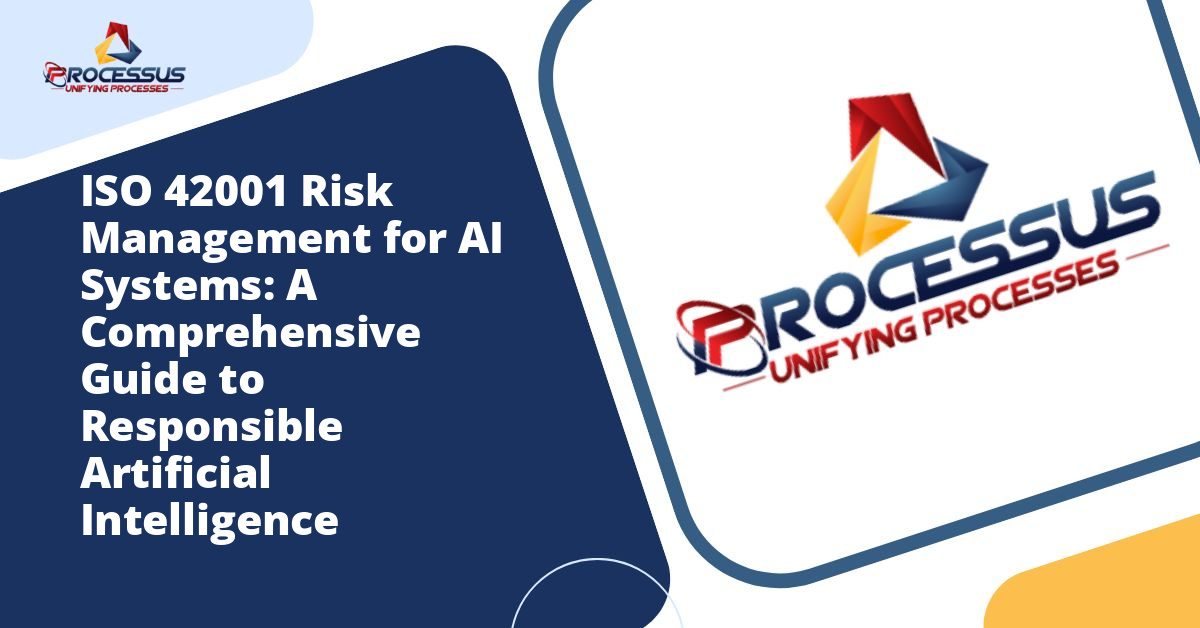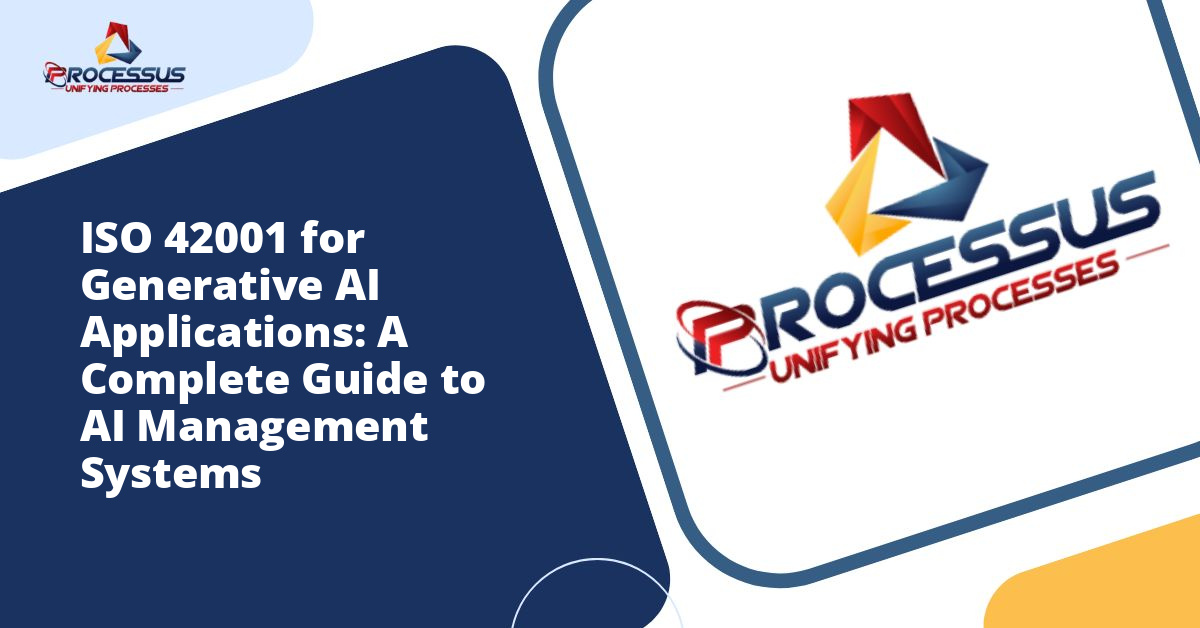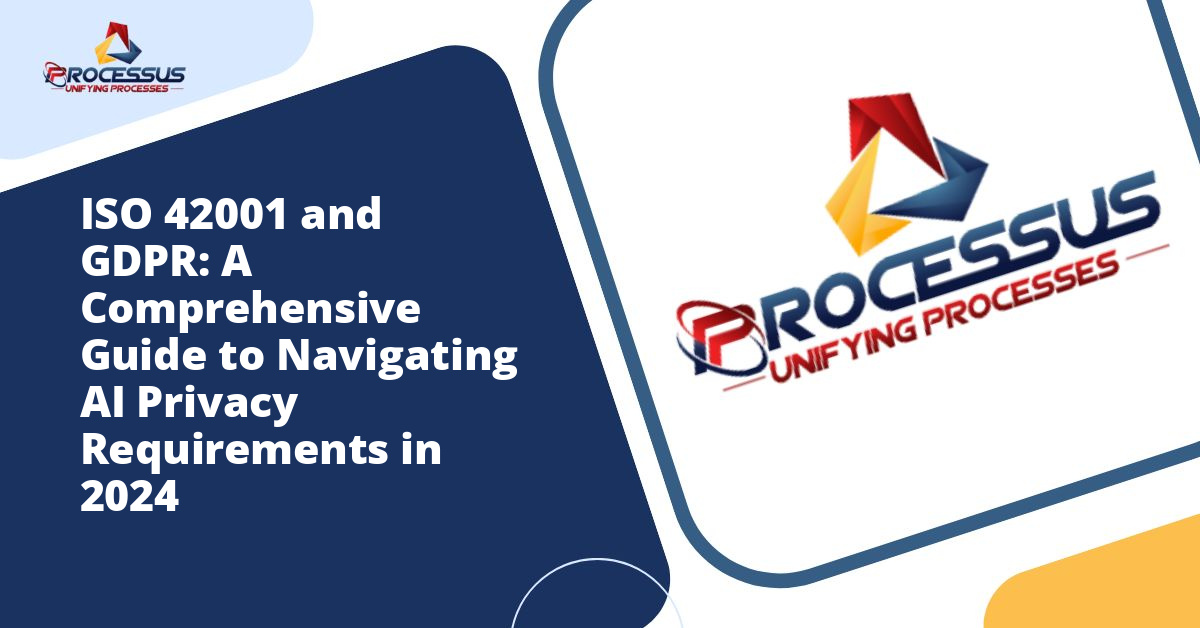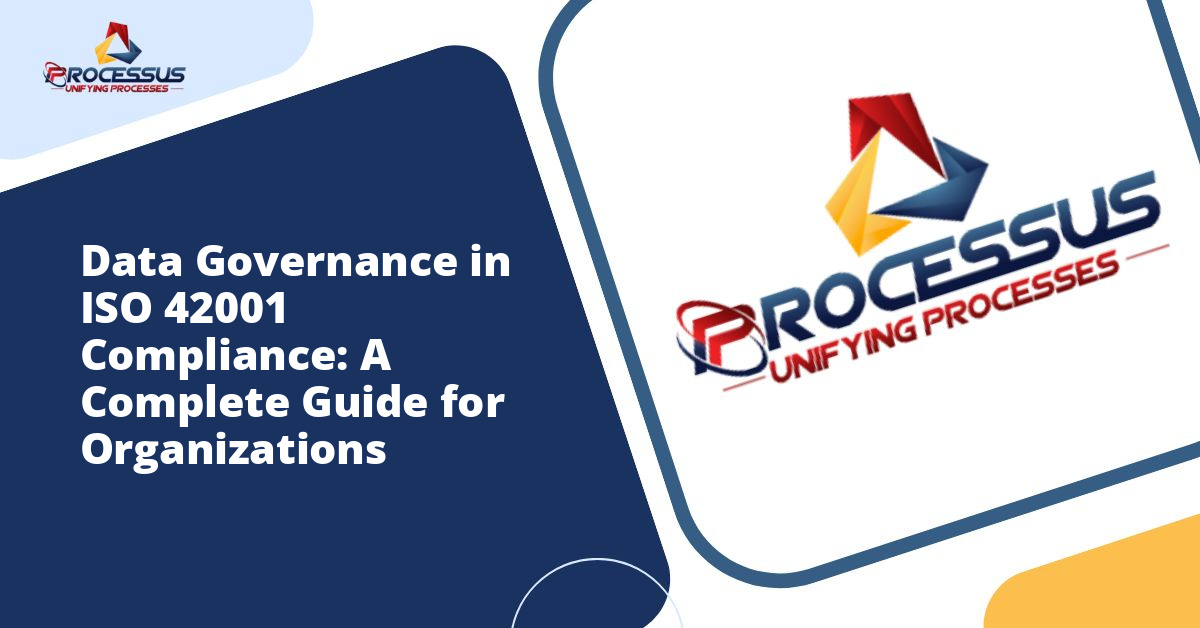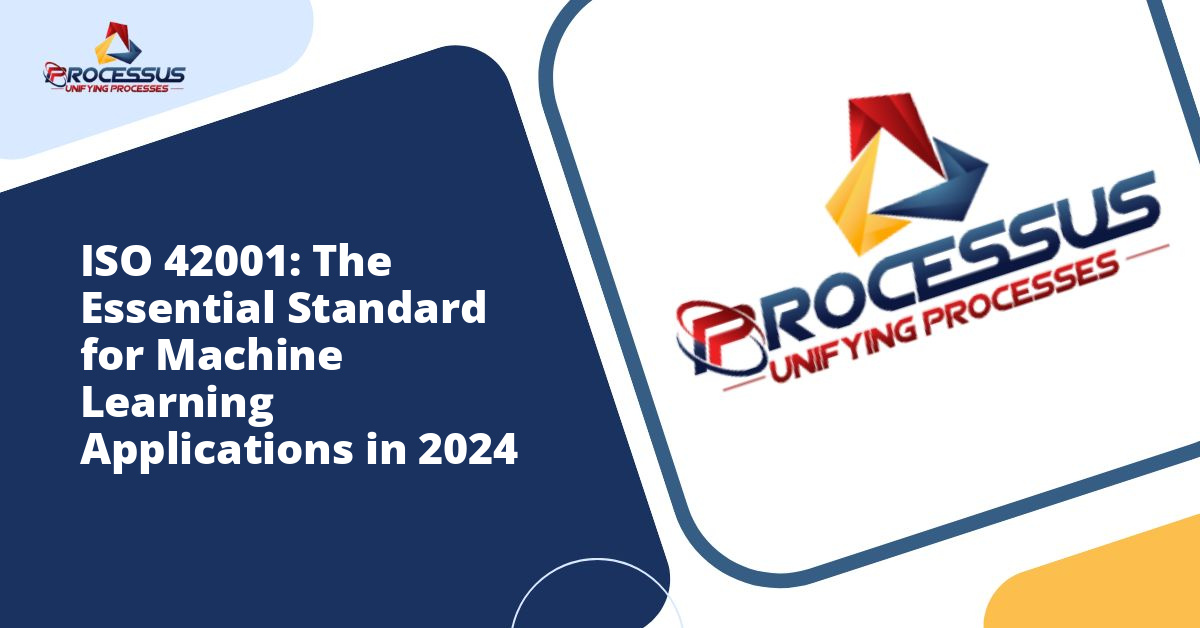The rapid advancement of artificial intelligence has transformed how organizations operate, innovate, and deliver value to their stakeholders. However, this technological revolution brings unprecedented challenges in managing risks associated with AI systems. Enter ISO 42001, the world’s first international standard specifically designed to address artificial intelligence management systems. This groundbreaking framework provides organizations with structured guidance on implementing, maintaining, and continuously improving AI risk management practices.
Understanding how to effectively manage AI-related risks has become essential for businesses across all sectors. From financial institutions leveraging machine learning algorithms for credit decisions to healthcare providers using AI for diagnostic support, the implications of poorly managed AI systems can be severe. This comprehensive guide explores ISO 42001 and its approach to AI risk management, offering insights into how organizations can navigate this complex landscape responsibly. You might also enjoy reading about ISO 42001: Understanding the World's First AI Management Standard and Its Impact on Business.
Understanding ISO 42001: The Foundation of AI Governance
ISO 42001 represents a significant milestone in the standardization of artificial intelligence management. Published in December 2023, this standard establishes requirements and provides guidance for establishing, implementing, maintaining, and continually improving an Artificial Intelligence Management System (AIMS) within organizations. The standard takes a holistic approach, addressing not just technical aspects but also organizational, ethical, and societal considerations. You might also enjoy reading about Ethical AI: How ISO 42001 Addresses Bias and Fairness in Artificial Intelligence.
The standard was developed through collaboration among international experts, regulators, and industry practitioners who recognized the urgent need for a unified framework. Unlike previous guidelines that were often industry-specific or geographically limited, ISO 42001 provides a globally recognized benchmark that organizations can adopt regardless of their size, sector, or geographical location.
What makes ISO 42001 particularly relevant is its focus on responsible AI development and deployment. The standard acknowledges that AI systems operate in dynamic environments where risks can emerge unexpectedly. Therefore, it emphasizes the importance of continuous monitoring, assessment, and adaptation of risk management strategies throughout the AI system lifecycle.
The Core Components of AI Risk Management
Risk management within the ISO 42001 framework encompasses several interconnected components that work together to create a comprehensive safety net for AI operations. Understanding these elements is crucial for organizations seeking to implement effective risk management practices.
Risk Identification and Assessment
The first step in managing AI risks involves identifying potential threats and vulnerabilities. This process requires organizations to examine their AI systems from multiple perspectives, considering technical failures, ethical concerns, compliance issues, and societal impacts. Risk identification should be systematic and ongoing, as new risks can emerge as AI systems evolve or as they interact with changing environments.
Assessment goes beyond mere identification. Organizations must evaluate the likelihood of each identified risk materializing and the potential impact if it does. This evaluation should consider both quantitative metrics, such as error rates and performance degradation, and qualitative factors, including reputational damage and erosion of stakeholder trust.
Risk Treatment and Mitigation
Once risks are identified and assessed, organizations must develop appropriate treatment strategies. ISO 42001 encourages a balanced approach that considers multiple mitigation options, including risk avoidance, risk reduction, risk sharing, and risk acceptance. The chosen strategy should align with the organization’s risk appetite and overall business objectives.
Mitigation measures might include implementing technical safeguards such as robust testing protocols, establishing human oversight mechanisms, creating fallback procedures, and designing fail-safe features. The standard emphasizes that mitigation should be proportionate to the level of risk and should not unnecessarily constrain innovation.
Key Risk Categories in AI Systems
AI systems present unique risk profiles that differ from traditional IT systems. ISO 42001 recognizes several critical risk categories that organizations must address to ensure responsible AI deployment.
Data-Related Risks
Data serves as the foundation for AI systems, making data-related risks particularly significant. Poor data quality, including incomplete, biased, or outdated datasets, can lead to flawed AI outputs that perpetuate errors or discrimination. Organizations must establish rigorous data governance practices that ensure data accuracy, representativeness, and relevance throughout the AI lifecycle.
Privacy risks also fall within this category. AI systems often process vast amounts of personal information, raising concerns about unauthorized access, inappropriate use, or inadequate protection. Compliance with data protection regulations such as GDPR becomes intertwined with AI risk management, requiring organizations to implement privacy-by-design principles and maintain transparency about data handling practices.
Algorithmic and Model Risks
The algorithms and models that power AI systems can harbor inherent risks. Model bias, where AI systems produce systematically prejudiced results against certain groups, represents one of the most pressing concerns. This bias can originate from training data, algorithmic design choices, or the optimization objectives used during model development.
Model drift, another significant risk, occurs when AI system performance degrades over time as real-world conditions diverge from the environment in which the model was trained. Organizations must implement monitoring mechanisms to detect drift early and establish procedures for model retraining and updating.
Explainability challenges also pose risks, particularly in high-stakes applications where stakeholders need to understand how AI systems reach their decisions. Black-box models that lack transparency can undermine trust and make it difficult to identify and correct errors or biases.
Operational and Integration Risks
Deploying AI systems within existing organizational processes introduces operational risks. Integration failures can occur when AI systems do not properly interface with legacy systems or when they disrupt established workflows. Organizations must carefully plan integration strategies and conduct thorough testing before full-scale deployment.
Dependencies on third-party AI services or components create additional risks. Organizations may have limited visibility into how external AI systems operate, making it challenging to assess and manage associated risks. Supply chain management becomes crucial, requiring organizations to establish clear agreements with vendors regarding performance standards, security measures, and accountability.
Compliance and Legal Risks
The regulatory landscape for AI is rapidly evolving, with new laws and regulations emerging across jurisdictions. Organizations face compliance risks if their AI systems violate existing regulations or fail to adapt to new requirements. ISO 42001 helps organizations stay ahead by promoting proactive compliance management and regular regulatory scanning.
Liability questions surrounding AI systems remain complex and often uncertain. When AI systems cause harm, determining responsibility can be challenging, particularly in situations involving autonomous decision-making. Organizations must work closely with legal experts to understand their potential liabilities and implement appropriate safeguards.
Implementing ISO 42001 Risk Management Framework
Successful implementation of ISO 42001 requires a structured approach that engages stakeholders across the organization and establishes clear processes for ongoing risk management.
Establishing Governance Structures
Effective AI risk management begins with strong governance. Organizations should establish clear roles and responsibilities for AI oversight, including designating individuals or committees accountable for AI risk management. This governance structure should have authority to make decisions about AI system development, deployment, and discontinuation based on risk considerations.
Leadership commitment is essential. Senior management must demonstrate their support for responsible AI practices by allocating adequate resources, establishing appropriate policies, and fostering a culture that prioritizes ethical considerations alongside business objectives.
Developing Risk Management Processes
Organizations need documented processes that guide risk management activities throughout the AI lifecycle. These processes should specify how risks are identified, assessed, treated, and monitored at each stage, from initial concept through development, deployment, operation, and eventual retirement.
The processes should be flexible enough to accommodate different types of AI systems while maintaining consistency in how risks are evaluated and managed. Regular reviews and updates ensure that processes remain effective as AI technologies and organizational capabilities evolve.
Building Competence and Awareness
Managing AI risks effectively requires specialized knowledge and skills. Organizations must invest in building competence among their teams, ensuring that individuals involved in AI development and deployment understand both technical aspects and broader risk management principles.
Awareness programs should extend beyond technical teams to include business leaders, legal advisors, compliance officers, and other stakeholders who play roles in AI governance. This broad-based understanding helps create a shared commitment to responsible AI practices across the organization.
Monitoring and Continuous Improvement
ISO 42001 emphasizes that risk management is not a one-time activity but an ongoing process requiring constant vigilance and adaptation.
Performance Monitoring and Metrics
Organizations must establish metrics and key performance indicators that provide insights into AI system performance and risk status. These metrics should cover multiple dimensions, including technical performance, fairness, transparency, security, and user satisfaction. Regular monitoring helps detect emerging issues before they escalate into significant problems.
Automated monitoring tools can track AI system behavior in real-time, alerting teams to anomalies or deviations from expected performance. However, automated monitoring should be complemented by periodic human review to capture nuanced issues that automated systems might miss.
Incident Management and Learning
Despite best efforts, incidents involving AI systems will occur. Organizations need robust incident management procedures that enable rapid response, containment, and resolution. These procedures should include clear escalation paths and communication protocols to ensure appropriate stakeholders are informed promptly.
Equally important is learning from incidents. Post-incident reviews should examine not just what went wrong but why existing controls failed to prevent or detect the issue earlier. Insights from these reviews should inform updates to risk management processes and controls, creating a cycle of continuous improvement.
Audit and Assurance
Regular audits provide independent verification that AI risk management practices comply with ISO 42001 requirements and remain effective. Internal audits should be conducted by individuals who are independent of the activities being audited, ensuring objectivity in evaluating compliance and effectiveness.
External audits and certification can provide additional assurance to stakeholders, demonstrating the organization’s commitment to responsible AI practices. Third-party certification against ISO 42001 can also serve as a competitive differentiator, signaling to customers and partners that the organization takes AI risk management seriously.
Benefits of Adopting ISO 42001
Organizations that implement ISO 42001 can realize numerous benefits that extend beyond risk mitigation.
Enhanced Trust and Reputation
Demonstrating commitment to responsible AI practices builds trust with customers, partners, regulators, and the public. In an era where AI-related controversies frequently make headlines, organizations that can point to internationally recognized standards and certifications gain a reputation advantage.
Improved Decision-Making
The structured approach to risk assessment promoted by ISO 42001 provides decision-makers with better information about the potential implications of AI initiatives. This enables more informed choices about where to invest in AI, how to deploy systems, and when to exercise caution or seek alternative approaches.
Operational Efficiency
While implementing ISO 42001 requires upfront investment, it can lead to greater efficiency over time. Well-managed risks result in fewer incidents, reducing the costs associated with system failures, regulatory penalties, and reputational damage. Additionally, standardized processes reduce duplication of effort and enable more efficient scaling of AI initiatives.
Competitive Advantage
As regulatory requirements for AI tighten globally, organizations with mature risk management frameworks will be better positioned to demonstrate compliance quickly. This can accelerate market entry in regulated sectors and facilitate partnerships with organizations that demand high standards from their AI vendors.
Challenges in Implementation
While ISO 42001 provides valuable guidance, organizations may encounter challenges during implementation.
Resource Requirements
Establishing comprehensive AI risk management capabilities requires significant resources, including skilled personnel, technology infrastructure, and time. Smaller organizations may struggle to allocate sufficient resources while maintaining their core operations. However, the standard is designed to be scalable, allowing organizations to implement appropriate controls based on their size and risk profile.
Balancing Innovation and Control
Overly restrictive risk management practices can stifle innovation, creating tension between those focused on exploiting AI opportunities and those concerned with managing risks. Finding the right balance requires ongoing dialogue between business leaders, technical teams, and risk managers to ensure that controls are effective without being unnecessarily burdensome.
Keeping Pace with Technology
AI technology evolves rapidly, with new capabilities, architectures, and applications emerging constantly. Risk management frameworks must adapt to address risks associated with new technologies while maintaining consistency in core principles and processes. This requires organizations to stay informed about technological developments and regularly review their risk management approaches.
The Future of AI Risk Management
ISO 42001 represents a significant step forward, but AI risk management will continue evolving as technology advances and societal expectations shift. Organizations should view the standard as a foundation upon which they build adaptive risk management capabilities that can respond to emerging challenges.
Collaboration across industries, sectors, and geographies will be essential. Sharing experiences, lessons learned, and best practices helps the broader community improve risk management approaches and address common challenges more effectively. Industry associations, professional networks, and standardization bodies will play important roles in facilitating this collaboration.
As AI becomes more pervasive and powerful, stakeholder expectations for responsible AI will likely increase. Organizations that invest now in robust risk management frameworks position themselves to meet these evolving expectations and to thrive in a future where responsible AI is not just good practice but a business imperative.
Conclusion
ISO 42001 provides organizations with a comprehensive framework for managing the multifaceted risks associated with AI systems. By adopting this standard, organizations demonstrate their commitment to responsible AI development and deployment while building capabilities that enhance trust, improve decision-making, and create competitive advantages.
The journey toward effective AI risk management is ongoing, requiring sustained effort, continuous learning, and adaptation to changing circumstances. However, organizations that embrace this journey position themselves to harness the tremendous potential of AI while minimizing potential harms. In an increasingly AI-driven world, the principles and practices embodied in ISO 42001 will serve as essential guideposts for organizations committed to innovation with responsibility.
Whether you are just beginning to explore AI applications or already have mature AI capabilities, now is the time to assess your risk management practices against the ISO 42001 framework. The investment you make today in responsible AI practices will pay dividends in the form of more resilient systems, stronger stakeholder relationships, and sustainable competitive advantages in the years ahead.

